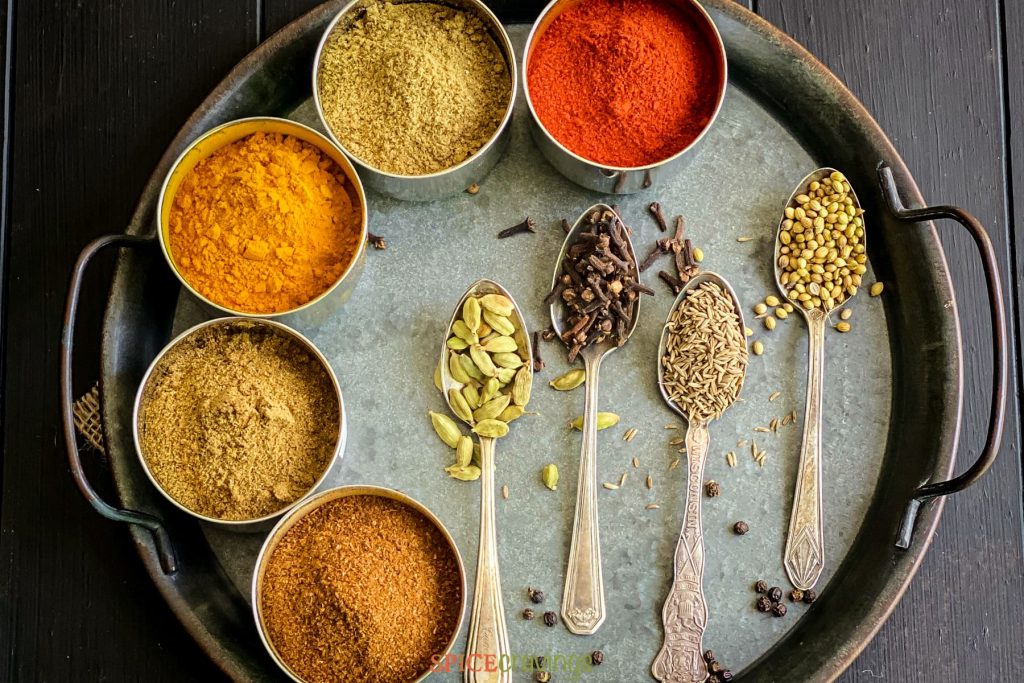Spices were some of the most valuable items of trade in the ancient and medieval world. Herbalist and folk practitioners have used plant remedies for centuries, but only recently have scientist begun to study the powers of common herbs and spices. In the current set-up, the anti-proliferative, anti-hypercholesterolemia, anti-diabetic, anti-inflammatory effects of spices have overriding importance, as the key health concern of mankind nowadays is diabetes, cardio-vascular diseases, arthritis and cancer. Spices or their active compounds could be used as possible ameliorative or preventive agents for these health disorders. Spices are rich in antioxidants, and scientific studies suggest that they are also potent inhibitors of tissue damage and inflammation caused by high levels of blood sugar and circulating lipids. Because spices have very low calorie content and are relatively inexpensive, they are reliable sources of antioxidants and other potential bioactive compounds in diet. This review outlines the role of some spices used in the Indian kitchen for its flavor and taste which are potential to maintain a healthy heart.
Whenever you cook any dish, chances are you always reach for salt and pepper to flavor your food, so it will not turn out bland and boring. But have you ever considered adding a variety of herbs and spices to your meals?
Anyone who loves to cook knows the importance of having a wide array of herbs and spices in the kitchen. Not only do they add texture and color to foods, but they also bring about different flavors that will surely complement and uplift any dish. Herbs and spices give that extra “oomph” to your meals – allowing you to savor and enjoy every bite.
What are the Difference between Herbs and Spices? At first, you may think that herbs and spices are similar. But there are actually hallmark characteristics that set these two apart – mainly, from which part of the plant they come from.
Herbs are derived from the leafy and green parts of a plant, such as its leaves. Some examples include basil, oregano, rosemary, thyme, mint, and parley. On the other hand, spices are acquired from the other parts of the plant – the roots, stems, bark, seeds and bulb. They are also usually dried before they are used as a seasoning.
Herbs and Spices Actually Pack a Nutritional Punch! Did you know that every time you season your food liberally with fresh herbs and spices, you’re actually doubling (or even tripling) the medicinal value of your meal? This is because these wholesome ingredients are some of the most potent antioxidants today. On a per-gram fresh weight basis, herbs like oregano actually outrank other fruits and vegetables in terms of antioxidant activity.
Many studies have also demonstrated the potential healing power of spices and herbs, and their benefits against various illnesses. They have also been implicated as tools to help ward off inflammation and promote weight management. What’s more, they have low-calorie content and are relatively inexpensive – especially if you grow them at home!





